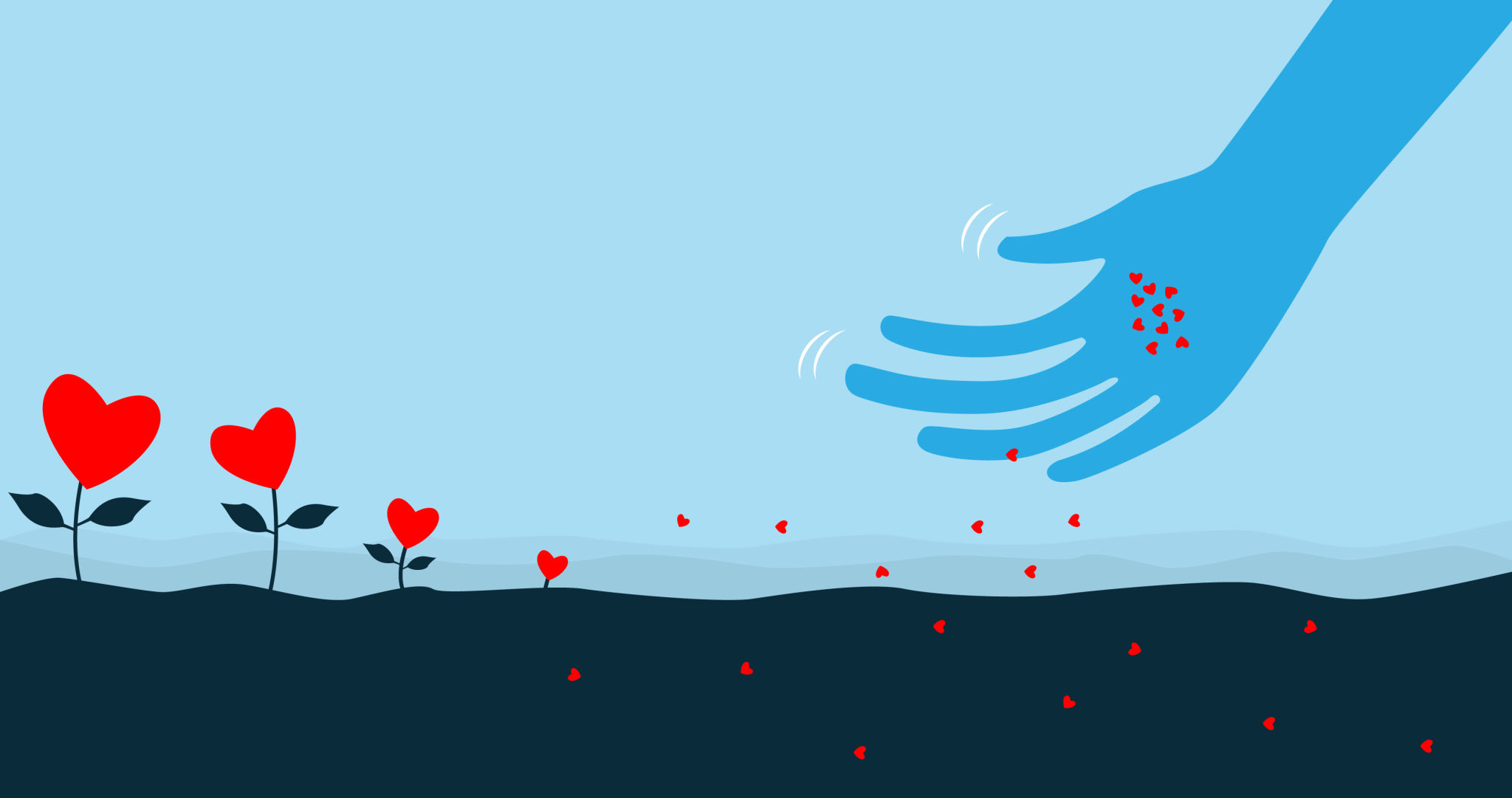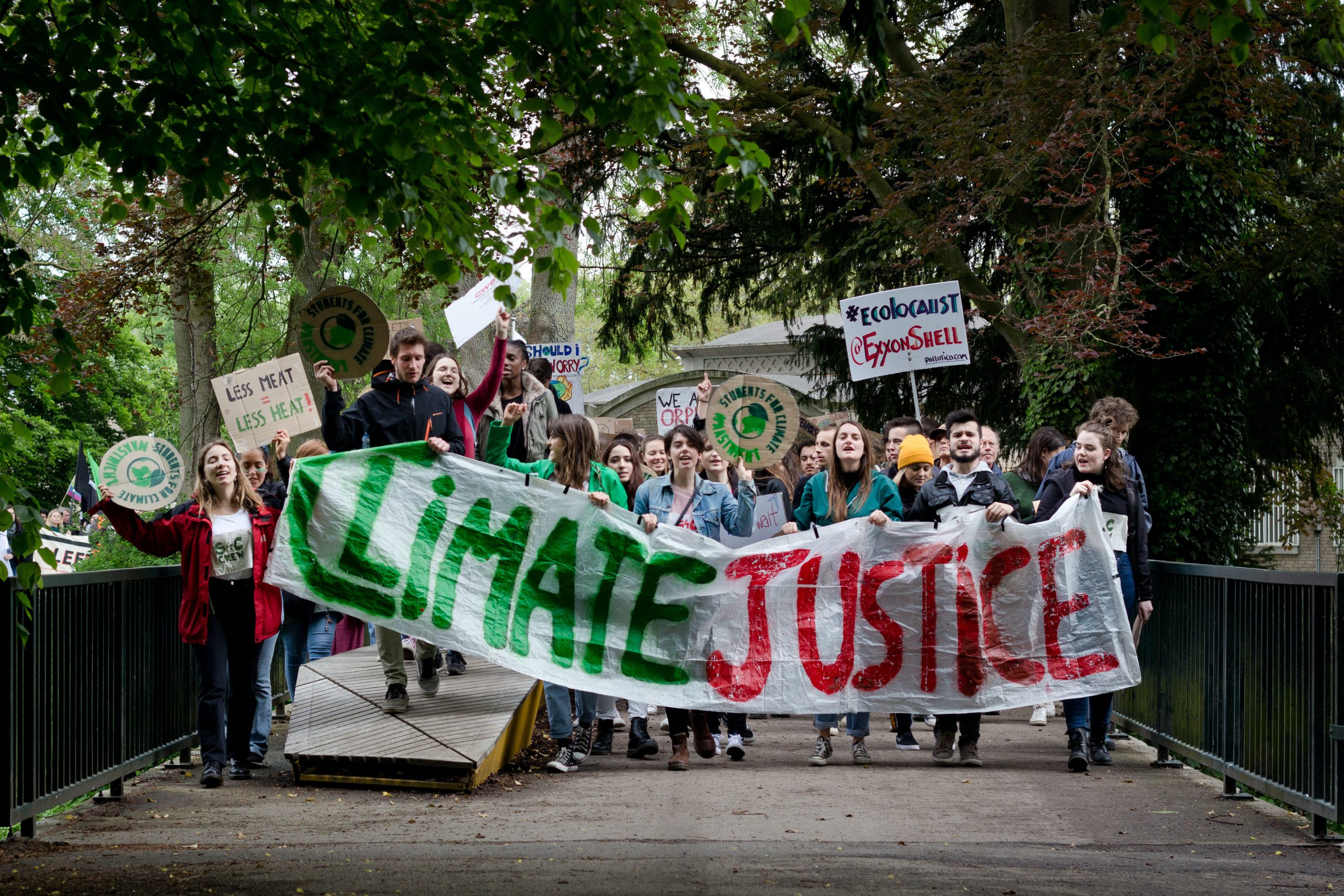What does it mean to challenge injustices and address societal harms in ways that strengthen social bonds and encourage longer-term healing? Restorative Movement Building is at the nexus of social justice and peacebuilding work. Individuals using restorative tools, approaches and mindsets are challenging injustice, building power and disrupting harmful systems in ways that promote healing, prioritize belonging and seek societal transformation.
Overall, this approach centers love, nonviolence and shared humanity as essential to transforming society in a way that works for everyone. At The Horizons Project, we see Restorative Movement Building as a central thread across all our areas of exploration. It can incorporate calling in and calling out strategies, create space for healing trauma, address toxic polarization through prioritizing relationships and provide a frame for a larger narrative focused on collective action while building belonging.
While activists, peacebuilders, and organizers have been working on social and economic justice, political violence prevention, and democracy strengthening issues for decades, they tend to work in siloes based on different approaches. At times, and especially in the short-term, these approaches can be in tension with one another. Social justice actors see a real urgency to raise awareness of injustices and address the power dynamics that uphold them to achieve transformational change. On the other hand, peacebuilders may seek a slower pace of change to make time for building relationships and encourage empathy and understanding so that no one gets left behind or inadvertently excluded as society progresses.
These different approaches can strengthen and reinforce one another in the long-term and make change more sustainable. The key challenge The Horizons Project is attempting to address is to help all these actors see themselves as operating within the larger ecosystem of social change working towards shared goals. Restorative practices help us to accept these tensions as normal and expected, so different groups can come together to learn and grow in their respective approaches (emergence) and determine who is best placed to take on specific roles/actions.
Restorative Movement-Building is a concept that the Horizons team is still exploring, scoping, and defining for ourselves. We are eager to engage with and learn from our partners in the process. Check back later for more information and resources as we embark on this journey together.
RESOURCES
Interested in learning more? Check out ten resources on Restorative Movement Building that are inspiring us right now.
Healing Resistance: A Conversation with Author Kazu Haga, The Horizons Project
“Nonviolence is a cornerstone of activism and radical change, but less attention has been given to the restorative power of nonviolent resistance. In this recent Horizons Project event, Senior Advisor Maria J. Stephan interviewed author and Kingian nonviolence practitioner Kazu Haga on his book, Healing Resistance: A Radically Different Response to Harm. The event publicly launched the Horizons Project.”
Healing Resistance: A Radically Different Response to Harm, Kazu Haga, Parallax Press
“Activists and change agents, restorative justice practitioners, faith leaders, and anybody engaged in social progress and shifting society will find this mindful approach to nonviolent action indispensable. Nonviolence was once considered the highest form of activism and radical change. And yet its basic truth, its restorative power, has been forgotten. In Healing Resistance, leading trainer Kazu Haga blazingly reclaims the energy and assertiveness of nonviolent practice and shows that a principled approach to nonviolence is the way to transform not only unjust systems but broken relationships.”
The Relational Work of Systems Change, Katherine Milligan, Juanita Zerda and John Kania, Stanford Social Innovation Review
“Sometimes we lose sight of a simple truth about systems: They are made up of people. Despite all of the frameworks and tools at our disposal and all of our learning as a field of practice, purely technical, rational approaches to systems change will not make much of a dent in shifting power or altering our most deeply held beliefs. If most collective impact efforts fall short of supporting people to change in fundamentally consciousness-altering ways, then, the system they are a part of will not significantly change either.”
The Three Horizons of innovation and culture change, Daniel Christian Wahl, Activate the Future
“‘Three Horizons thinking’ is an effective method for making sense of and facilitating cultural transformation and exploring innovation and wise action in the face of uncertainty and not-knowing.”

This graphic is not in the book chapter this excerpt is taken from. Source: H3Uni
Why coalition building isn’t about the coalition: Listening, leading, and making change happen, Nick Martlew, Mobilisation Lab
“Think of any campaign success you’ve seen or been involved in. I would wager good money (and as Yorkshireman I don’t say that lightly) that it wasn’t achieved by one actor alone: it was collective action that brought about change. Now think of when collective action becomes the worst form of coalition building, sacrificing ambition and wasting time. For the people whose rights we’re fighting for, that’s unacceptable. It’s also avoidable.”
Making Change: What Works, The Institute for Public Policy Research
“Movements change the world. Throughout history, loosely organized networks of individuals and organizations have sought changes to societies – and won. From the abolitionist struggle and campaigns for voting rights to #MeToo and #BlackLivesMatter, the impact of movements can be seen everywhere. Over the last year, IPPR and the Runnymede Trust have sought to understand what we can learn from movements that have made change – as well as those who have fallen short – for our efforts to create change today.”
Collaborating with the Enemy, Adam Kahane, Harold Jarche
“When two or more parties get together to address a problematic situation, they ask themselves a series of questions to understand their options. First they determine if they can change the situation. If so, can they effect change unilaterally, in which case they can force their solution. If they cannot change the situation, then they have two unilateral decisions possible: adapt to what has been forced on them, or exit the situation if possible. If they can change the situation but cannot effect change unilaterally,” then new options open.
Synergizing Nonviolent Action and Peacebuilding Guide and Online Course, United States Institute of Peace
“The Synergizing Nonviolent Action and Peacebuilding (SNAP) guide provides a strategic framework for activists, peacebuilders, and organizers working to transform violent conflict and advance a just peace. It demonstrates how nonviolent action and peacebuilding approaches can be used together synergistically to mobilize communities, address power imbalances and conflict drivers, and support inclusive, participatory peace processes.”
Organizing Tools from Liberating Structures
“This website offers an alternative way to approach and design how people learn and work together. It provides a menu of thirty-three “Liberating Structures” to replace or complement conventional meeting and engagement practices.”
Trainings from East Point Peace Academy
With trainings on healthy conflict engagement, Kingian nonviolence, and vulnerability, East Point Peace Academy provides diverse opportunities to build up your restorative resistance practice.
Movement Ecology: Self-Paced Course, Ayni School
“This self-paced mini course on Movement Ecology is an introduction to understanding the many different strategies that arise when we are faced with creating social change.”




